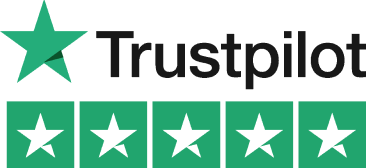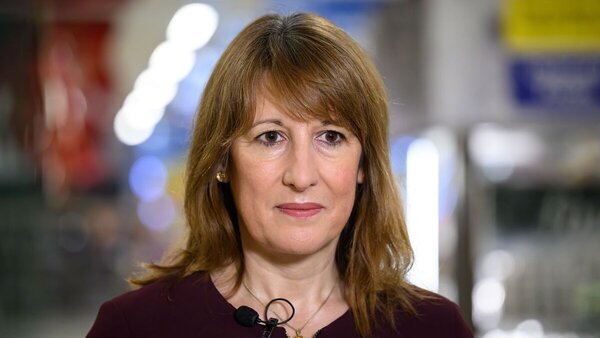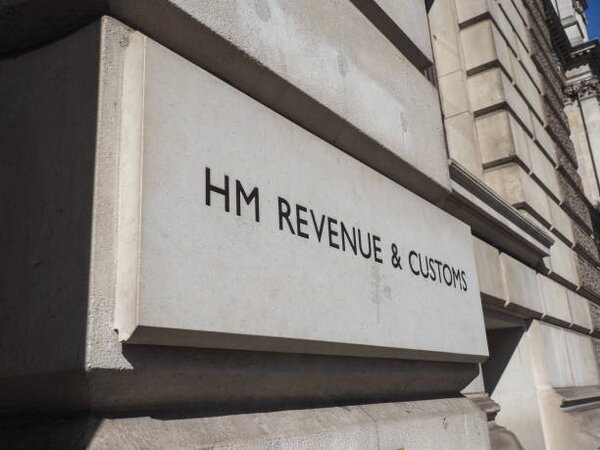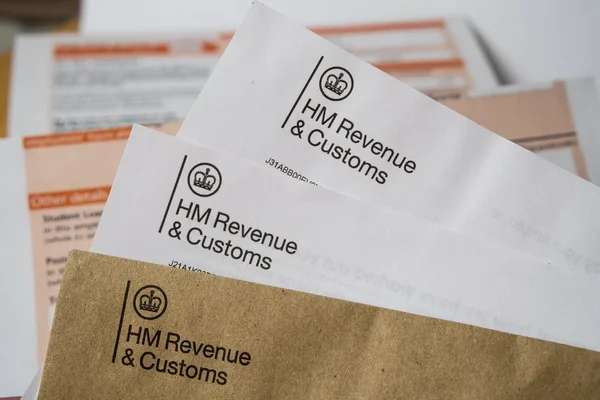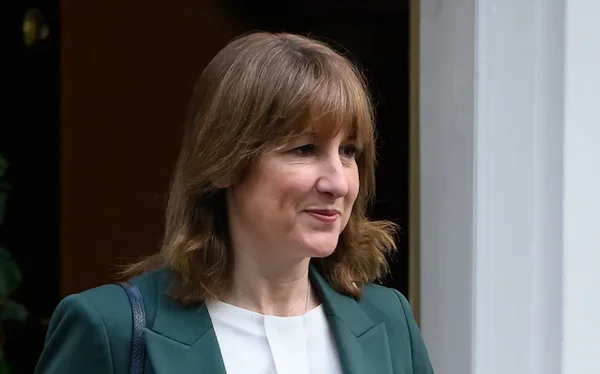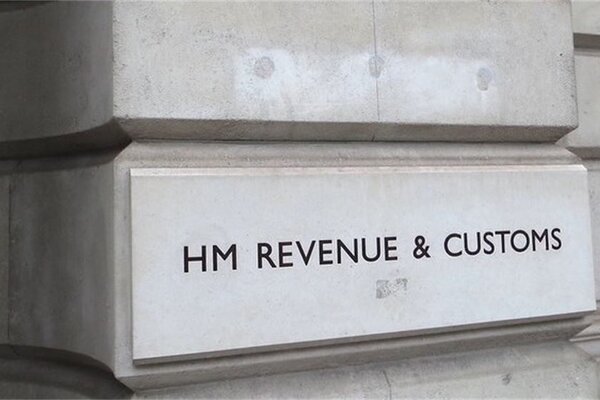Let’s Break This Down Together...
Capital allowances sound tricky, don’t they? They’re simply the tax reliefs you get when buying assets for your business.
In this guide, we’ll explain what capital allowances are, the different types you can claim, and the common mistakes to avoid. We’ll also show you how to make the most of them with smart planning.
The payoff? You could cut your tax bill, boost cash flow, and stop leaving money on the table. Let’s dive in.
What are capital allowances and why should you care?
Capital allowances are the government’s way of encouraging businesses to invest in assets by offering tax relief. Instead of using accounting depreciation, HMRC gives you specific allowances to reduce your taxable profits. Capital assets, such as equipment and property fixtures, are treated differently for tax purposes capital allowances let you deduct the value of these assets from your taxable profits.
When you buy qualifying assets for your business, you can deduct some or all of the cost from your profits. Certain capital assets are eligible for capital allowances, and these are not treated as regular expenses that are fully deductible in the year of purchase.
This isn’t just a nice bonus – it’s a legitimate way to significantly reduce what you owe HMRC. For many small businesses, smart use of capital allowances can save thousands in tax. Capital allowances work by allowing you to claim tax relief on qualifying expenditure, following a specific process set by HMRC.
You’re probably already buying things that qualify. However, you might not be claiming everything you’re entitled to. Capital allowances are designed to encourage businesses to invest in new equipment and sustainable assets.
It’s important to consider capital allowances at the early stages of property acquisition or refurbishment to maximise your tax benefits.
Understanding Capital Expenditure
Capital expenditure is the money your business spends to buy, upgrade, or improve long-term assets like property, machinery, or equipment. Unlike everyday running costs, this type of expenditure is intended to benefit your business over several years. Understanding capital expenditure is essential because it directly affects your tax liability and your ability to claim capital allowances.
When you invest in qualifying capital expenditure, you open the door to valuable tax relief. By claiming capital allowances on these assets, you can reduce your taxable profits and maximise your tax savings potential.
This means more money stays in your business, helping you reinvest and grow. Whether you’re purchasing new machinery, upgrading your IT systems, or fitting out a new office, it’s important to identify which expenditure qualifies for allowances. Smart planning around capital expenditure can make a significant difference to your bottom line.

Types of capital allowances you should know about
The Annual Investment Allowance (AIA) is the big one, currently £1 million per year. This lets you deduct 100% of qualifying plant and machinery costs in the year of purchase, providing a tax incentive for investing in certain types of capital expenditure, such as plant, machinery, and commercial property. AIA applies to qualifying expenditure, which includes spending on assets like plant, machinery, and integral features within commercial properties.
First year allowance gives enhanced relief for environmentally friendly investments, allowing businesses to deduct the full cost of qualifying assets in the year of purchase. Electric vehicle charging points are a prime example of this. This year allowance provides an upfront tax deduction for specific equipment and assets, encouraging rapid investment in sustainability.
Writing Down Allowances apply when you’ve used up your AIA. These give relief at either 18% or 6% per year, depending on the asset type.
The Structures and Buildings Allowance offers 3% relief per year. This applies to construction and renovation of commercial buildings.
After the Super-deduction, businesses can also benefit from full expensing, which provides a 100% immediate deduction for qualifying expenditure on new and unused plant and machinery in the year of purchase. This contrasts with other allowances like first year allowance and capital allowances for environmentally beneficial equipment, which may have different eligibility criteria.
What actually qualifies for capital allowances?
More than you might think! “Plant and machinery” sounds industrial, but it covers computers, phones and software. Qualifying items include specific plant and machinery, fixtures, and infrastructure within a property.
Office furniture, equipment, and certain vehicles also qualify. Fixed assets such as plant, machinery, and property fixtures are eligible for capital allowances. Tools, machinery and many fixtures in commercial buildings are included too.
“Integral features” in buildings qualify as well. These include electrical systems, plumbing, heating, air conditioning, lifts and escalators. Furnished holiday lets may also qualify for capital allowances on plant and machinery, unlike standard residential properties.
Even items like kitchen equipment in a staff canteen or security systems can qualify. It’s broader than most people realise.
Last year, I helped a client claim for the specialist lighting in their photography studio. They were amazed this qualified and saved nearly £2,000 in tax. Refurbishment projects can also be eligible for capital allowances, and considering them early can maximise tax savings.

Special rules worth knowing about
The Super-deduction offered 130% relief on qualifying plant and machinery until April 2023. While this has ended, it shows how capital allowances rules evolve over time.
Cars have their own complex rules based on CO2 emissions. Low-emission vehicles get more generous allowances than higher-emission options.
When buying commercial property, don’t overlook “embedded” capital allowances. These can be worth 20-40% of the purchase price but are often missed. If you sell an asset you’ve claimed allowances on, you might face a “balancing charge”. However, if the disposal value is less than the remaining unclaimed expenditure, a balancing allowance may be available to reduce your taxable profit.
The disposal value is the amount received or the market value of the asset when it is sold or no longer used for business, and is typically restricted to the original cost of the asset for tax purposes. Claimed capital allowances directly affect the calculation of disposal values and any resulting balancing charges or allowances.
When a property is sold, ownership of fixtures and their associated capital allowances passes to the new owner. It is important to address these capital allowance issues before the purchase contract is finalised to ensure all benefits are properly transferred.
Commercial Property and Capital Allowances
If you own commercial property, claiming capital allowances can be a game-changer for your tax position. Many property owners don’t realise that qualifying capital expenditure on items like heating systems, air conditioning, lifts, and other plant and machinery can be claimed to reduce taxable income.
The annual investment allowance (AIA) is especially valuable, allowing businesses to claim a full tax deduction on qualifying capital expenditure up to the current limit. Enhanced capital allowances are also available for certain energy-efficient and environmentally friendly equipment, providing even greater tax benefits.
By making a capital allowances claim on your commercial property, you can significantly reduce your tax liability and improve your cash flow. Don’t overlook the potential to claim on items embedded within your property these allowances can add up quickly and make a real difference to your business finances.

How to claim capital allowances properly
Keep detailed records of all qualifying purchases, including dates, descriptions and costs. You’ll need these for your tax return and any HMRC enquiries. A capital allowance claim involves identifying and submitting eligible expenditure for tax relief, and the process of claiming a capital allowance is essential for business expenses related to plant, machinery, and property.
Submit your claims through your Self Assessment or Company Tax Return each year. Capital allowances are calculated based on the accounting period, and the length of the accounting period can affect the apportionment of allowances. The calculations can get complex, especially with multiple assets.
Claims are made for each tax year, so it is important to align purchases with the tax year for optimal relief. Be aware of the time limit for making or amending capital allowance claims, particularly in property transactions, as there are specific HMRC deadlines such as the two-year window for elections after purchase.
For property transactions, specialist surveys can identify qualifying fixtures. When completing refurbishment projects, it is important to consider capital allowances to maximise tax benefits. These might otherwise be overlooked and are often worth the investment.
Strategic planning and timely capital allowance claims are crucial to maximise tax savings potential.
Record-Keeping and Deadlines
Accurate record-keeping is crucial when it comes to claiming capital allowances. To make a successful claim, your business needs to keep detailed records of all capital expenditure, including receipts, invoices, and bank statements. These documents are essential for your tax return and for supporting your claim if HMRC ever asks for evidence.
The deadline for claiming capital allowances usually matches the deadline for submitting your business’s tax return. It’s a good idea to review historical expenditure regularly to identify potential savings you might have missed in previous years.
Ensuring that all qualifying capital expenditure is claimed can unlock valuable tax relief and boost your tax savings potential. If you’re unsure about the process or want to make sure you’re not missing out, a capital allowances specialist can help you navigate the rules and maximise your claim.

Working with a Capital Allowances Specialist
Navigating the world of capital allowances can be complex, but working with a capital allowances specialist can make all the difference. These experts are skilled at identifying qualifying capital expenditure and ensuring you receive the maximum amount of tax relief available. They have in-depth knowledge of plant and machinery allowances, industrial buildings allowances, research and development allowances, and more.
A specialist can help you take advantage of all available incentives, including the super deduction, general pool, and special rate pool, as well as development allowances. By working with an expert team, you can reduce your tax liability, increase your cash flow, and make informed decisions about your capital expenditure.
With their guidance, you’ll be able to claim the full value of your allowances and maximise your tax savings potential, ensuring your business benefits from every opportunity the tax system offers.
Common mistakes to avoid
Missing eligible items is the biggest error. Many businesses claim for obvious equipment but overlook fixtures, integral features, or software. Missing eligible items or making incorrect claims can result in higher trading profits and increased tax liability, as you lose the opportunity to offset taxable income with capital allowances.
Not maximising your Annual Investment Allowance means slower tax relief. You’ll get it through Writing Down Allowances instead, which takes much longer. Failing to negotiate a fair value for fixtures when buying or selling commercial property can cost you. You might lose significant allowances.
Putting assets in the wrong “pool” for Writing Down Allowances is another mistake. You might be claiming at 6% when you could be getting 18%.
Final Thoughts
Capital allowances are a powerful way to reduce your tax bill legitimately. The rules might seem complex, but the potential savings make understanding them worthwhile.
Planning major purchases with allowances in mind can dramatically impact your tax position. This approach can also improve cash flow for businesses of all sizes.
Don't assume your accountant is maximising these for you. Many focus on the basics and miss opportunities that could save you thousands.
If you've not paid much attention to capital allowances before, review past expenditure. You might still be able to claim for previous years.


